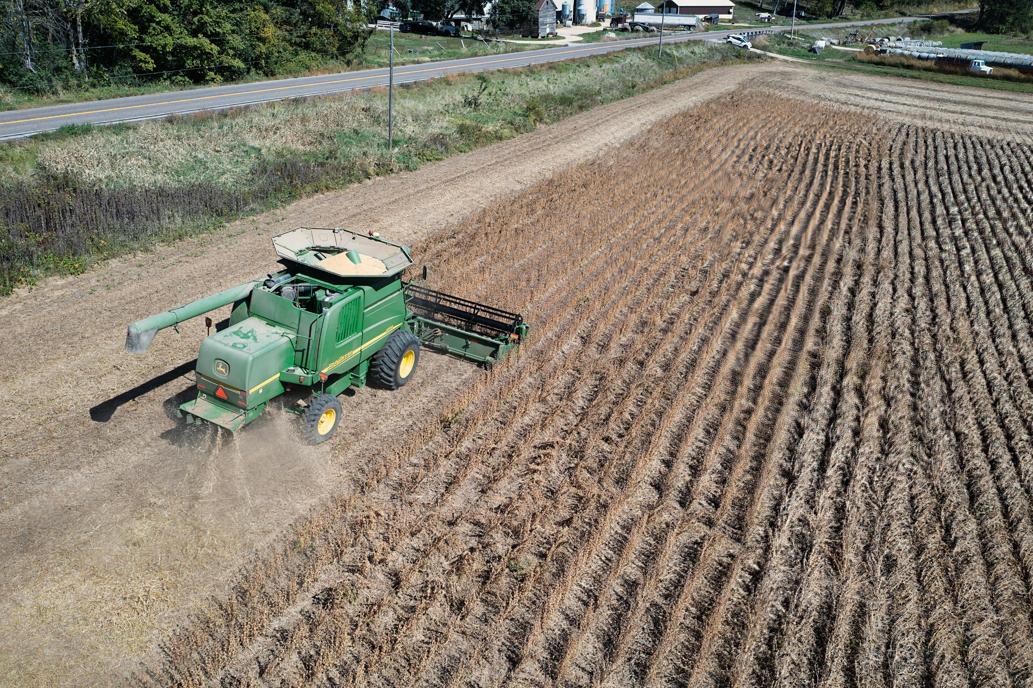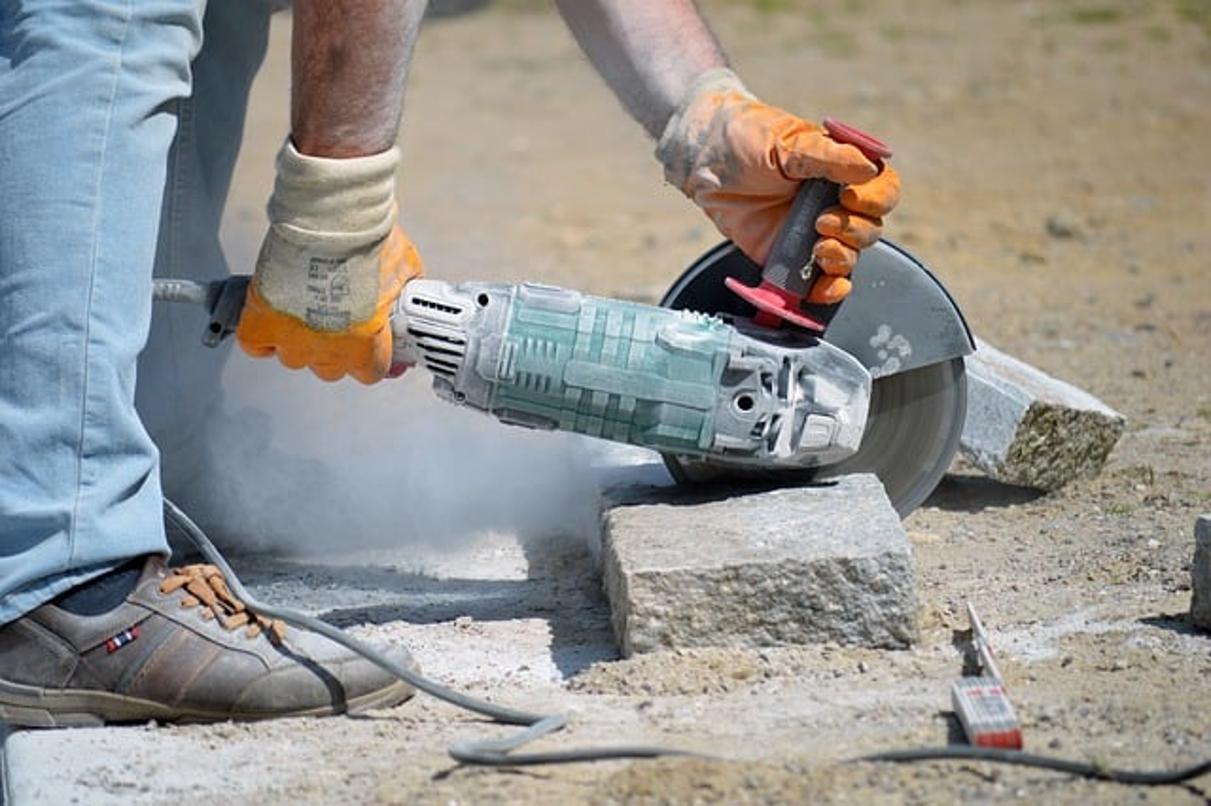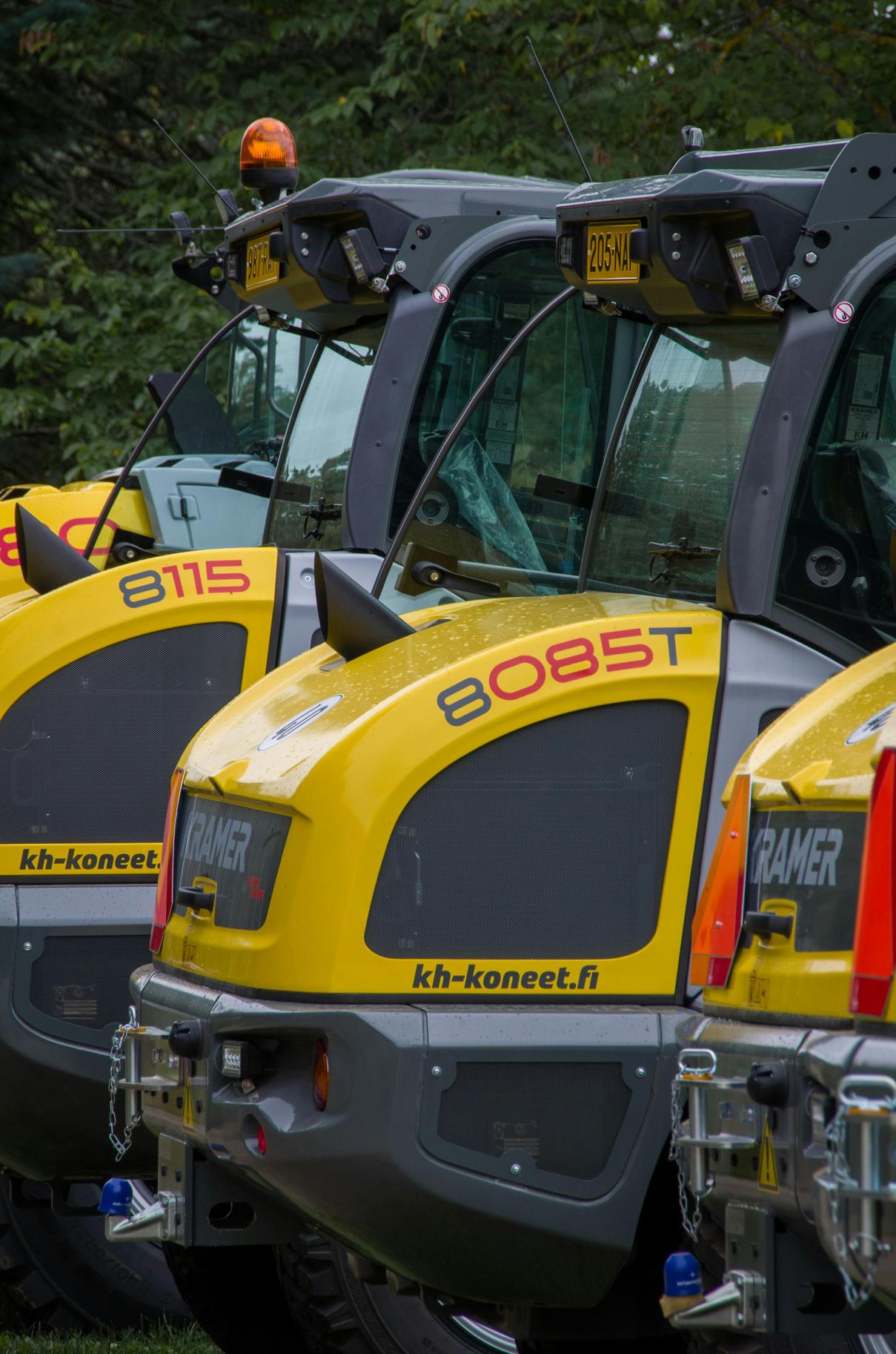How Does a Rowing Machine Work?
Introduction
Rowing machines, also known as ergometers, are popular fitness devices that simulate the action of rowing on water. They provide a full-body workout, making them a valuable addition to both home gyms and commercial fitness centers. Understanding how a rowing machine works can help you make the most of your workouts and achieve your fitness goals efficiently.

Understanding the Basics of Rowing Machines
A rowing machine mimics the motions performed in traditional rowing, allowing users to engage in a cardiovascular and strength workout indoors. When you row, you pull against resistance, working various muscle groups simultaneously. This not only enhances muscle strength but also improves cardiovascular health, flexibility, and endurance.
Rowing machines come with adjustable resistance levels, making them suitable for beginners and advanced users alike. The workout involves repetitive motion, which, when performed correctly, can significantly boost your fitness levels over time. By adjusting the resistance and duration, you can tailor your workout to meet specific fitness objectives.
Key Components of a Rowing Machine
Understanding the main parts of a rowing machine is crucial for effective use and maintenance. Let’s break down the essential components:
The Handle and Pull Mechanism
The handle, often connected to a chain or strap, is what users hold onto while rowing. As you pull the handle towards your body, it engages your upper body muscles, including the shoulders, arms, and back. The handle should be ergonomically designed to ensure a comfortable grip, preventing strain or injury.
The Flywheel or Resistance System
The resistance system is at the heart of the rowing machine, dictating the intensity of your workout. It creates resistance that the user pulls against, simulating the feel of rowing on water. The resistance level can often be adjusted to increase or decrease the difficulty of the workout.
The Seat and Rail
The seat, which slides along a rail, supports the user’s weight and facilitates the rowing movement. A well-designed seat and rail ensure smooth motion, reducing friction and providing comfort during extended sessions. The movement of the seat along the rail engages the lower body muscles, particularly the legs and glutes.
Footrests and Straps
Footrests and straps secure the user’s feet, providing stability and allowing for a powerful rowing stroke. Proper foot placement and secure strapping are essential for maintaining correct form and maximizing the efficiency of each stroke.
How Different Types of Rowing Machines Generate Resistance
Rowing machines vary based on the type of resistance they offer. Here’s an overview of the common resistance types:
Air Resistance
Air resistance rowing machines use a flywheel that spins against the air. The faster you row, the greater the resistance created. These machines are known for providing a smooth, variable resistance that mimics the feel of rowing on water.
Water Resistance
Water resistance machines use a tank of water to generate resistance. Paddles inside the tank push against the water as you row. This type offers a natural and consistent resistance, closely resembling the experience of rowing in a boat.
Magnetic Resistance
Magnetic resistance machines use magnets to create resistance. By adjusting the distance between the magnets and the flywheel, users can change the resistance level. These machines are quieter and provide a consistent level of resistance, making them ideal for home use.
Hydraulic Resistance
Hydraulic rowing machines use pistons filled with hydraulic fluid to generate resistance. They are often more compact and affordable but may not provide as smooth a rowing experience as air or water resistance machines.
The Rowing Stroke: A Step-by-Step Breakdown
Understanding the rowing stroke is crucial to maximizing the benefits of a rowing machine workout. Here’s a detailed breakdown:
The Catch
- Sit with your knees bent and feet secured in the footrests.
- Extend your arms forward, gripping the handle with straight arms.
- Keep your back straight and core engaged.
The Drive
- Push off with your legs, extending them while pulling the handle towards your chest.
- Keep your back straight and lean back slightly as you pull.
- Engage your arms and back muscles to complete the motion.
The Finish
- Your legs are fully extended, and the handle is pulled to your midsection.
- Lean back slightly, keeping your core engaged.
- Maintain a neutral spine position.
The Recovery
- Extend your arms back toward the flywheel and lean forward from the hips.
- Bend your knees and slide the seat forward, returning to the catch position.
- Repeat the motion smoothly and rhythmically.
Benefits of Using a Rowing Machine
Rowing machines offer numerous health and fitness benefits:
- Full-Body Workout: Engages major muscle groups, including the legs, core, back, and arms.
- Cardiovascular Health: Improves heart health and endurance.
- Low-Impact Exercise: Suitable for all fitness levels and reduces the risk of injury.
- Caloric Burn: Effective for weight loss and management.
- Mental Well-being: Enhances mood and reduces stress through physical activity.

Common Mistakes and How to Avoid Them
- Poor Form: Focus on maintaining a straight back and proper alignment during each stroke.
- Overexertion: Start with a moderate resistance and gradually increase intensity to avoid strain.
- Incorrect Sequence: Maintain the proper sequence in the rowing stroke to prevent injury and maximize efficiency.

Conclusion
A rowing machine is an excellent investment for anyone looking to enhance their fitness routine. By understanding how it works and following proper techniques, you can reap numerous health benefits. Whether you’re a beginner or a seasoned athlete, incorporating a rowing machine into your workouts can lead to noticeable improvements in strength, endurance, and overall well-being.
Frequently Asked Questions
What muscles does a rowing machine work?
A rowing machine works several muscle groups, including the legs, core, back, and arms. It provides a comprehensive full-body workout.
How often should I use a rowing machine for best results?
For optimal results, aim to use the rowing machine at least 3-4 times a week, combining it with other forms of exercise and proper nutrition.
Can rowing machines help with weight loss?
Yes, rowing machines are effective for weight loss. They offer a high-calorie-burning workout, especially when combined with a balanced diet and regular exercise routine.

